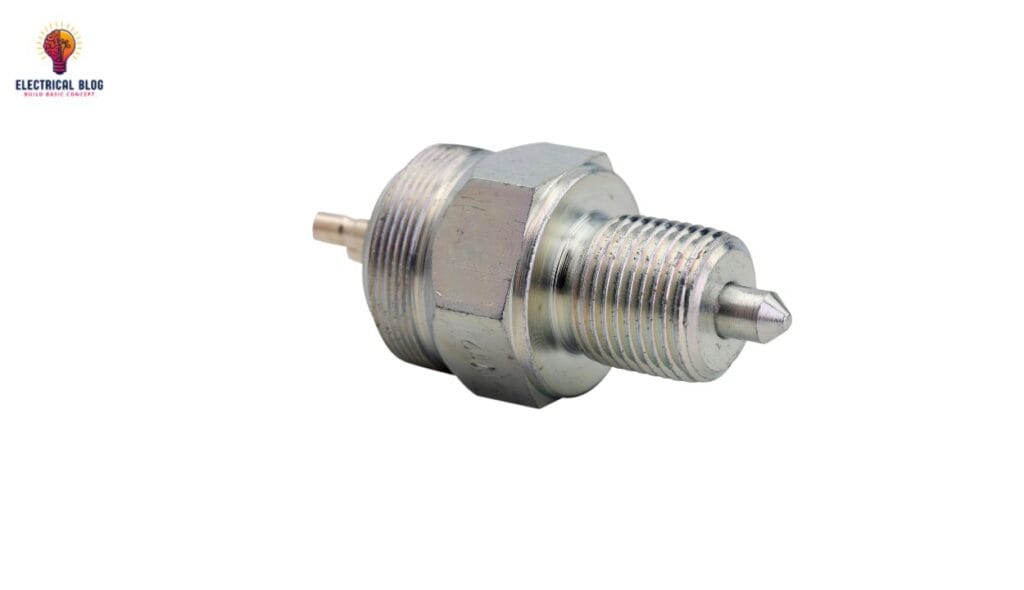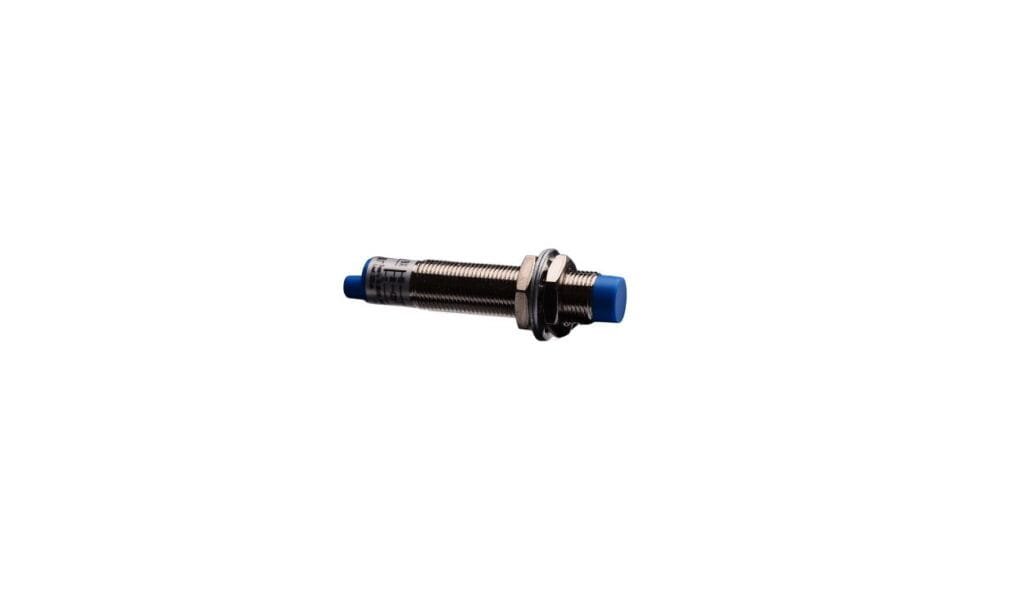Introduction
Understanding the properties of different elements is crucial in science. Some materials, like plastic or cotton, have poor conductivity and do not allow electric charge to pass through, making them insulators. On the other hand, metallic materials like copper enable a smooth transfer of charge, making them effective conductors.
I once tried a simple experiment with a battery, LED, and bulb. When I used thread or plastic in the circuit, the bulb didn’t glow. But replacing it with a copper wire instantly enabled the glow, proving how the classification of materials based on conductivity impacts their use. This comprehensive understanding enhances our grasp of physical properties like malleability, phase, texture, color, polarity, and solubility.
What Are Conductors?
Conductors are materials that allow electricity to flow easily through them due to their high conductivity. When a charge is transferred to such a material, the electrons get distributed across its surface. This movement happens to reduce repulsion between excess charges, ensuring the force acting on them is at its minimum. Examples include metals, earth, and even the human body.
If a charged object is brought into contact with another conductor, the charge will quickly transfer to balance the voltage and reduce the overall force. I once experienced this firsthand when I accidentally touched a live wire — the sudden shock was a clear reminder of how quickly electric current can flow through good conductors like the human body. This shows why safety precautions are vital when handling electrical equipment.

Examples of conductors
Silver is known as the best conductor of electricity, but it is costly, making it less practical for use in industries and transmission systems. Instead, materials like copper, brass, and steel are commonly used as good alternatives in electric circuits and systems.
Gold and aluminum are also reliable conductors. In my experience working with wiring projects, I have found copper wires to be the most effective due to their balance of performance and cost.
For unique applications, mercury is an excellent liquid conductor used in various instruments. Meanwhile, gases are generally poor conductors as their atoms are too far apart and are unable to conduct electrons efficiently.
Applications of Conductors
Mercury is a useful material that helps in thermometers to check the temperature of the body accurately. Its ability to conduct heat makes it ideal for this purpose.
Aluminum is widely used in making foils to store food safely. It is also effective in frying pans due to its ability to absorb heat quickly during cooking.
Iron is a key material in vehicle engine manufacturing, as it efficiently conducts and holds heat. This property ensures optimal engine performance.
The plate of iron is often made of steel, which is known to absorb heat quickly, improving energy efficiency in cooking tools.
Car radiators are designed to eradicate excess heat from the engine, preventing overheating and ensuring smooth performance in real-life conditions.
What are insulators?
Insulators are materials that block the flow of electric current by offering strong resistance. In these materials, electrons are tightly bound to their atoms, preventing them from moving freely even when an electric field is applied. Common insulators, like rubber, glass, and plastic, provide excellent protection against electricity.
The primary function of insulators is to ensure safety by acting as a barrier. They are used to coat wires and cables, reducing the risk of shocks and short circuits. Insulating equipment like transformers, capacitors, and other components is essential for stable electrical systems, ensuring power remains controlled and secure.

Examples of Insulators
Glass is considered the best insulator because it has the highest resistivity, making it highly effective at blocking electricity in various applications.
Plastic is a good material for making a number of everyday things, such as cable coatings and containers, due to its reliable insulating properties.
Rubber is a common material that is widely used in fire-resistant clothing, tires, and slippers because of its strong ability to act as a good insulator in various environments.
Applications of Insulators
Thermal insulators are used in fireproofing walls and ceilings to prevent heat from spreading. They are also used in thermoplastic bottles to help maintain temperature control.
Sound insulators are important in controlling noise levels by enhancing absorption. They are commonly used in buildings and conference halls to create noise-free environments.
Electrical insulators are vital for coating electric wires and cables to hinder the flow of current and electron movement. They are widely used in circuit boards and high-voltage systems for safety and stability.

Difference between Conductors and Insulators
| Feature | Conductors | Insulators |
|---|---|---|
| Material | Copper, silver, aluminum, and other metals or alloys. | Glass, plastic, rubber, and ceramic. |
| Conductivity | Have high conductivity, allowing current to flow easily. | Have low conductivity, restricting the flow of current. |
| Electron Movement | Electrons move easily, making them efficient for conducting power. | Electrons are bound tightly, preventing easy movement. |
| Resistance | Offer low resistances, allowing smooth energy transfer. | Have high resistances, blocking current flow. |
| Energy Band Gap | Feature a narrow band gap, allowing electrons to jump easily. | Have a wide band gap, limiting electron movement. |
| Usage | Commonly used in wires, power lines, and electronics. | Used for insulation, coatings, and protective layers. |
| Thermal Conductivity | Offer high thermal conductivity, allowing heat to pass quickly. | Have low thermal conductivity, preventing heat transfer. |
| Charging Behavior | Can be easily charged and discharged without retaining energy. | Tend to retain their charge for longer periods. |
| Electrical Conductance | Show high conductance, making them efficient in electrical systems. | Display low conductance, limiting electrical efficiency. |
| Current Flow | Allow current to pass through quickly with minimal resistance. | Block or significantly reduce the flow of current. |
| Protection | Require protective coatings to prevent accidents in live circuits. | Naturally act as a protective barrier in electrical setups. |
| Examples | Copper, silver, and aluminum are common examples. | Glass, rubber, and plastic are popular insulators. |
| Binding Behavior | Electrons in conductors are loosely held, enabling efficient flow. | Electrons in insulators are strongly bound, resisting movement. |
Conclusion
In summary, conductors and insulators play vital roles in electrical systems, each serving distinct purposes. Conductors allow current to flow easily with little resistance. Insulators, on the other hand, protect by blocking unwanted electrical movement. Knowing the differences helps you choose the right materials for different uses. This choice ensures safety and efficiency in electrical setups.
Read more: Difference between semiconductors and superconductors



